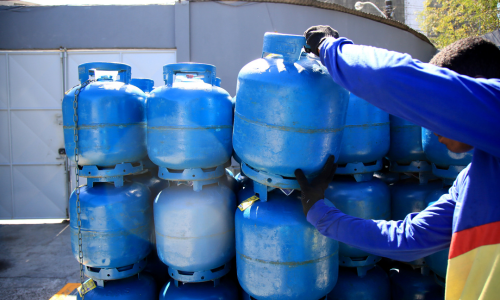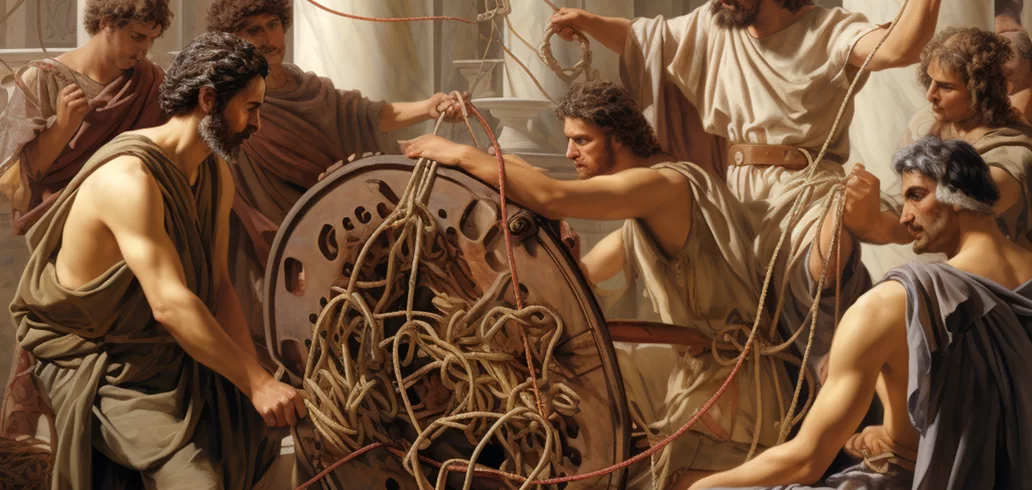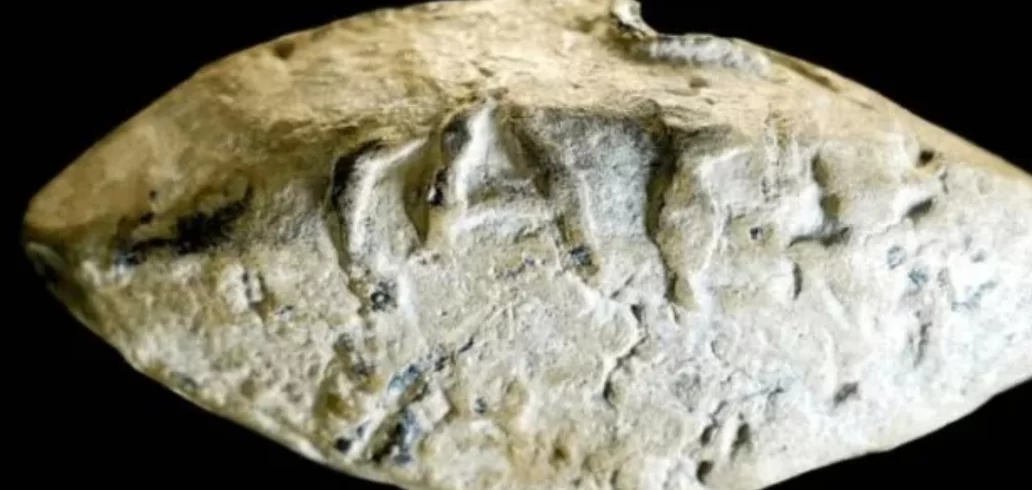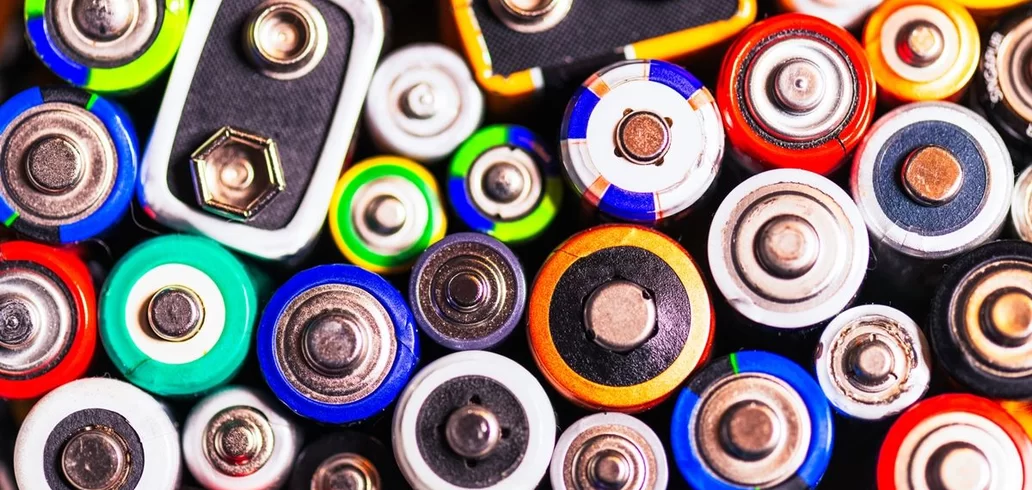Curiosities
The explosive history of the Molotov cocktail
Advertisement
A Molotov cocktail is an improvised weapon consisting of a bottle filled with flammable liquid (usually gasoline) with a piece of cloth or wick soaked in flammable liquid at the mouth of the bottle. When the cloth is lit and the bottle is thrown, the flammable liquid comes into contact with the air, and the cocktail becomes a firebomb.
During World War II, the Molotov cocktail was widely used as a guerrilla weapon by the Finns against the Soviets. Its simplicity and effectiveness made it a popular weapon of choice for resistance in many parts of the world. In subsequent years, the Molotov cocktail has been used in a variety of conflicts and protests around the world, often as a symbol of resistance against the established power.
Origin and rise
The Molotov cocktail originated during the Spanish Civil War (1936–1939), when Spanish Republicans faced Nationalist forces led by General Francisco Franco. During this conflict, the Republicans received support from the Soviet Union, while the Nationalists were supported by several fascist powers, including Nazi Germany and Fascist Italy.
The name “Molotov cocktail” was an ironic response to Soviet Foreign Minister Vyacheslav Molotov, who claimed that Soviet bombings of Finland during the Winter War (1939–1940) were actually “humanitarian aid.” The Finns, in their resistance against the Soviets, created this incendiary device and named it as a mockery of Molotov.
During World War II, the Molotov cocktail was widely used by the Finns against Soviet forces during the Continuation War (1941–1944), which was a continuation of the Winter War. The simplicity and effectiveness of the Molotov cocktail made it a popular weapon of guerrilla warfare and resistance in many parts of the world.
Since then, the Molotov cocktail has been used in a variety of conflicts and protests around the world as a form of resistance against established power. Its history is intrinsically linked to the idea of fighting for freedom and self-determination in the face of oppression.
The story behind the name “homemade grenade”
The “homemade grenade” is a generic term for a variety of homemade improvised explosive devices. They are often used in low-intensity conflicts, insurgencies, and acts of terrorism. The name “homemade grenade” is not tied to a single specific origin, but rather to a category of improvised weapons.
These weapons can be constructed from a variety of readily available materials, including metal pipes, homemade explosives, shrapnel, nails, screws, and other objects that can increase their lethality. The assembly of these devices is often done by individuals without formal military training, using readily available techniques and materials.
The history behind the name “homemade grenade” is primarily linked to their improvised nature and their similarity to conventional grenades, although they are much less sophisticated and generally less safe for both the user and the targets. They are often associated with insurgents, guerrillas, and terrorists due to their availability and ease of manufacture, as well as their potential to cause significant damage in urban areas or in close-range confrontations.
The global reach of incendiary bombs
Firebombs, including the Molotov cocktail and other variants, have been used in conflicts and protests around the world due to their effectiveness and ease of manufacture. Their global reach is broad and their history spans a variety of contexts and regions. Here are some examples:
1. **Europe**: During World War II, incendiary bombs were used extensively by a variety of groups, from resistance fighters to regular forces, in all theaters of war in Europe. Furthermore, during the Cold War years, terrorist groups and resistance movements in Europe also resorted to this type of weapon.
2. **Middle East**: Firebombs have been used in several conflicts in the Middle East region. For example, during the conflict between Israel and Palestine, they were used by both Palestinian groups and the Israeli army. Additionally, in conflicts such as the Syrian civil war and the conflict in Iraq, insurgent groups and militias have used this type of weapon.
3. **Asia**: In areas such as Afghanistan, Pakistan and India, insurgent and militant groups have used firebombs in attacks against military and civilian targets. Additionally, in countries such as Myanmar (Burma) and the Philippines, rebel groups have also used them in their conflicts against the government.
4. **Americas**: Although less common, incendiary bombs have been used in conflicts in Latin America, such as clashes between rebel groups and governments in countries such as Colombia and Mexico. In addition, in protests and riots in various parts of the continent, these improvised devices have also been used by demonstrators.
The global reach of incendiary bombs demonstrates their versatility as an improvised weapon that can be easily manufactured and deployed in a variety of contexts and conflict scenarios. Their use is often associated with guerrilla, insurgency, and resistance tactics against governments or established forces.
You may also like

Gas Aid: who is eligible and how to guarantee the benefit in 2025
Understand how Gas Aid works, who is entitled to the benefit and how to check your payment in 2025.
Keep Reading



